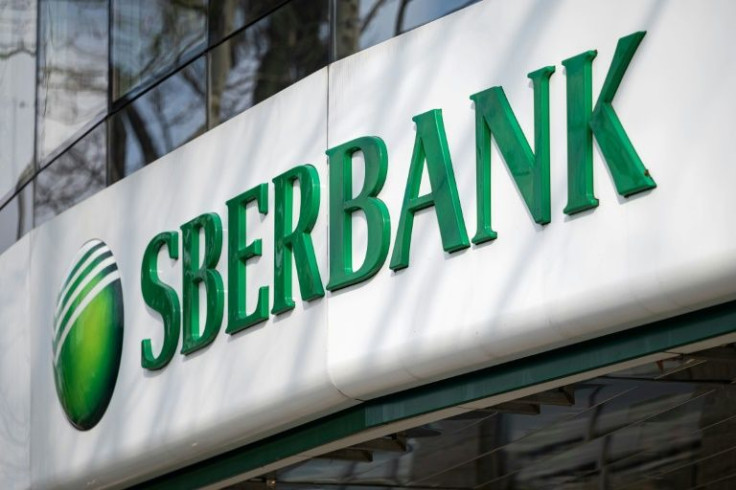Russia's Sberbank Moves Quickly On Digital Transactions To Blunt Western Sanctions
KEY POINTS
- Sberbank is among the many companies sanctioned by the U.S. and the EU
- The bank is the largest creditor in Russia
- Sberbank holds the largest market share of savings in Russia
Russia's largest lender Sberbank PJSC has received a license from the Central Bank of Russia to issue and exchange digital assets.
The new step would help blunt the effect of the tough sanctions imposed on the bank by the U.S. and European Union.
The Central Bank of Russia listed the bank, which became one of the financial casualties of the ongoing war in Ukraine, alongside the financial ecosystem Lighthouse.
To guarantee the safety of digital transactions, Sberbank will use blockchain technology. It also said it would enable companies to issue their own digital assets, purchase digital assets issued within the bank's system and do other transactions.

"We are just starting our work with digital assets," said Sergey Popov, Sberbank's director of the transaction business division. The executive also said companies could start making their first transaction on their blockchain within a month.
Sberbank holds the largest market share of savings in Russia. It is also the main creditor of Russia's economy, according to the U.S. Treasury.
Sberbank is also the first Russian company to publicly announce its application for digital asset registration with the country's central bank. Interestingly, the central bank's approval came after the Bank of Russia advocated for a total ban on cryptocurrency trading and mining.
In 2020, Sberbank Chief Executive German Gref revealed that the bank was working with JP Morgan to release its own cryptocurrency dubbed Sbercoin. Sberbank's intention for its application includes the ability to issue its own digital token for corporate clients.
The bank also sought to have digital assets for businesses doing transactions with it. The bank launched the Hyperledger Fabric-powered blockchain platform in the summer of 2020.
"This stablecoin will allow companies to use smart contracts on Sber's platform based on the Hyperledger Fabric blockchain. Tokenizing both material goods and fiat money on this platform will allow transactions to be fully automatic," the bank's press office said at the time.
There were rumors in February that the bank is preparing to launch the Sbercoin, but it has yet to launch the cryptocurrency.
© Copyright IBTimes 2024. All rights reserved.




















